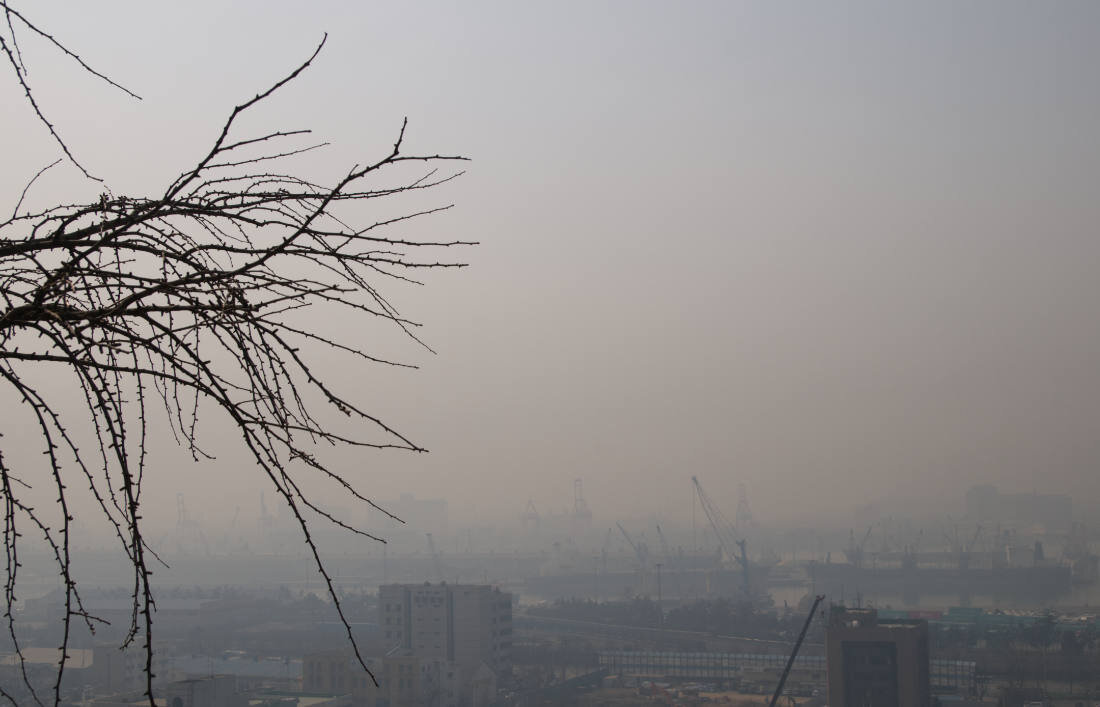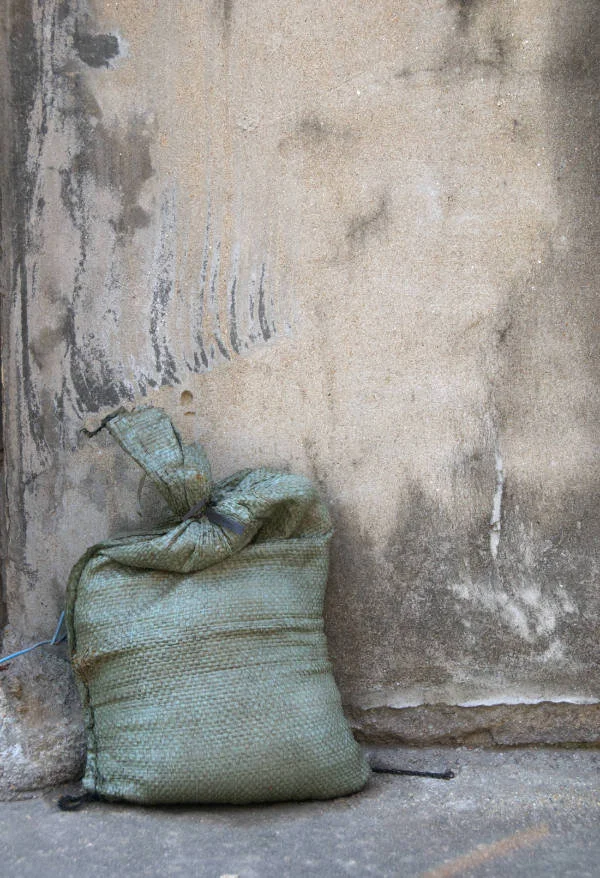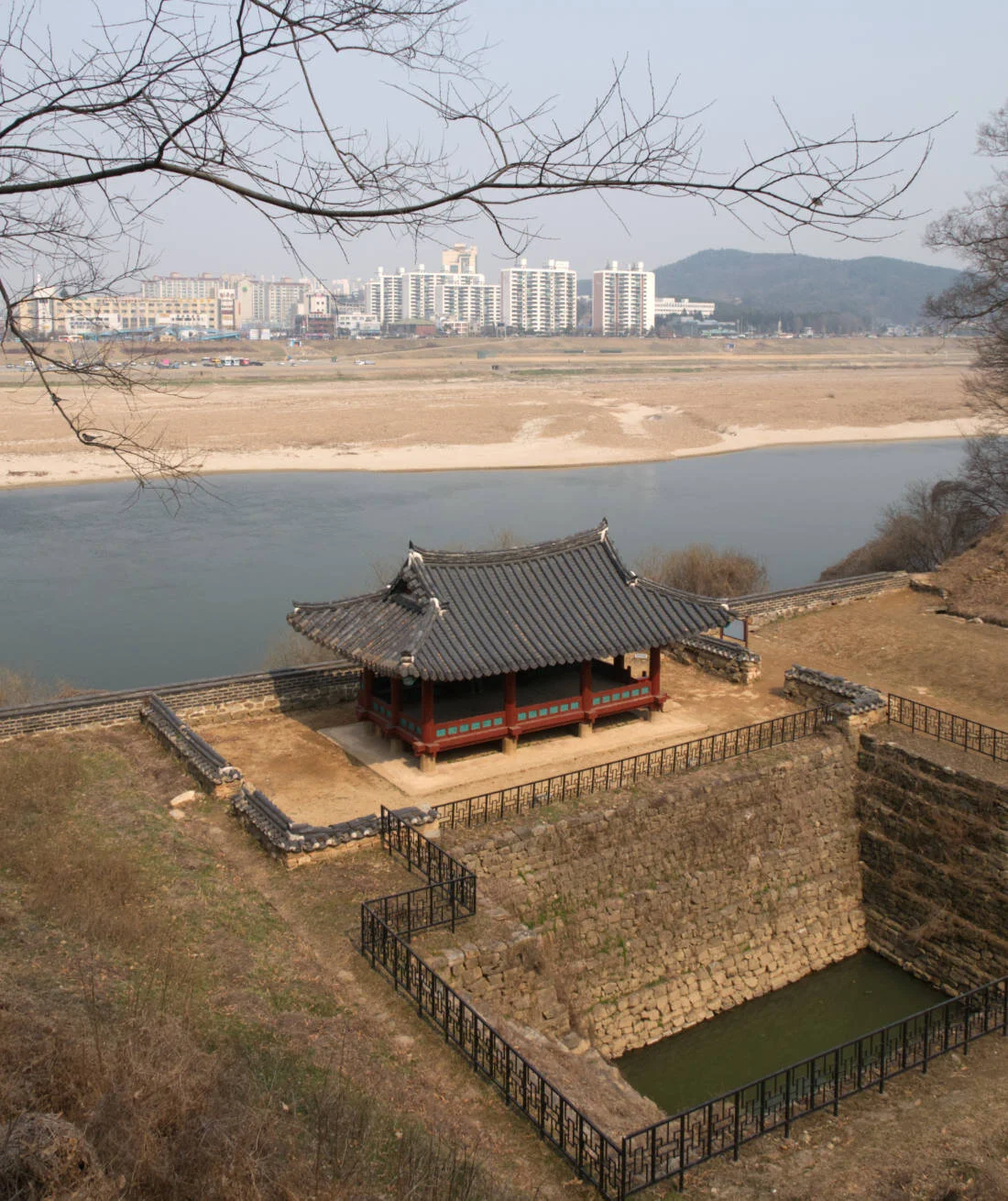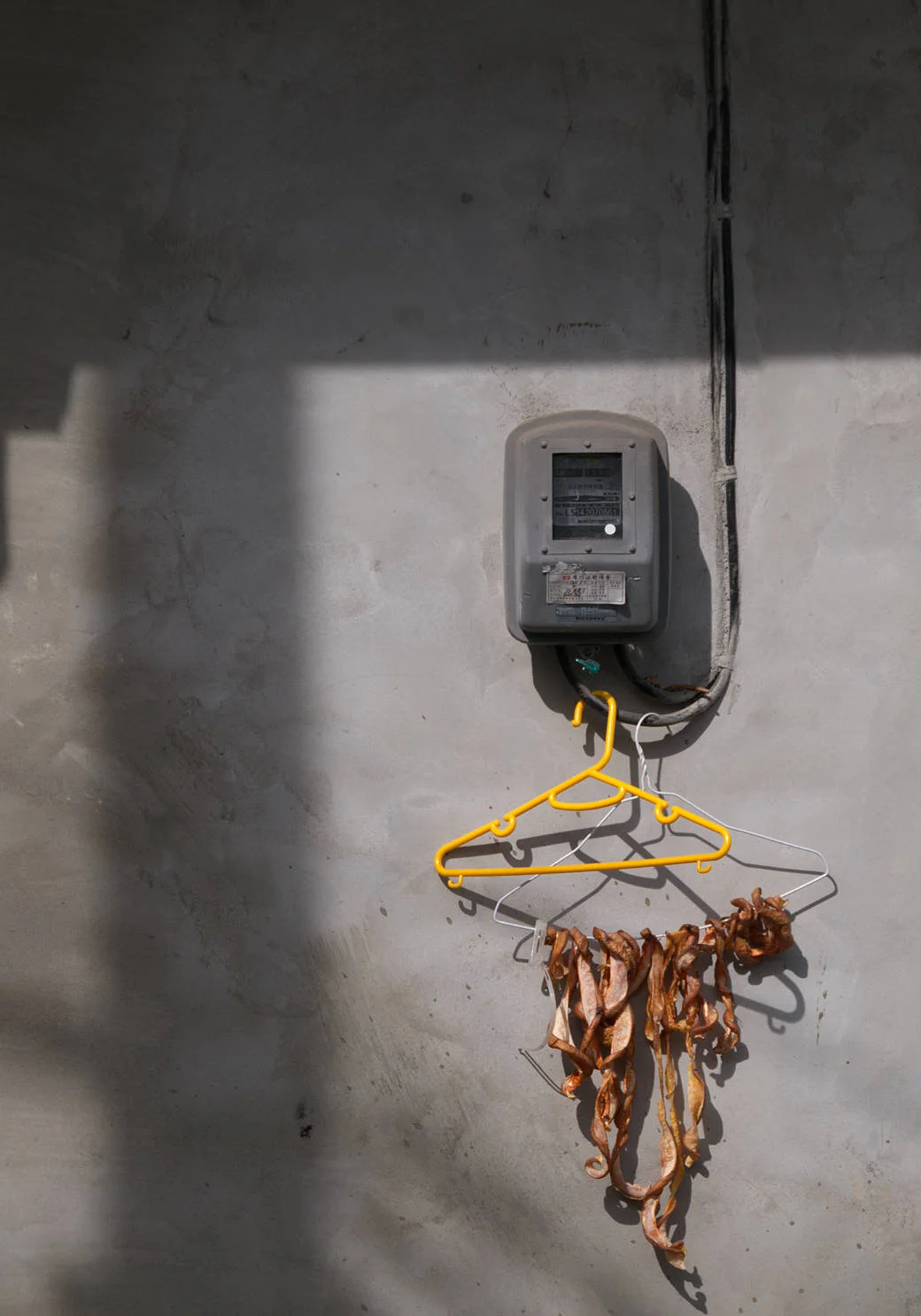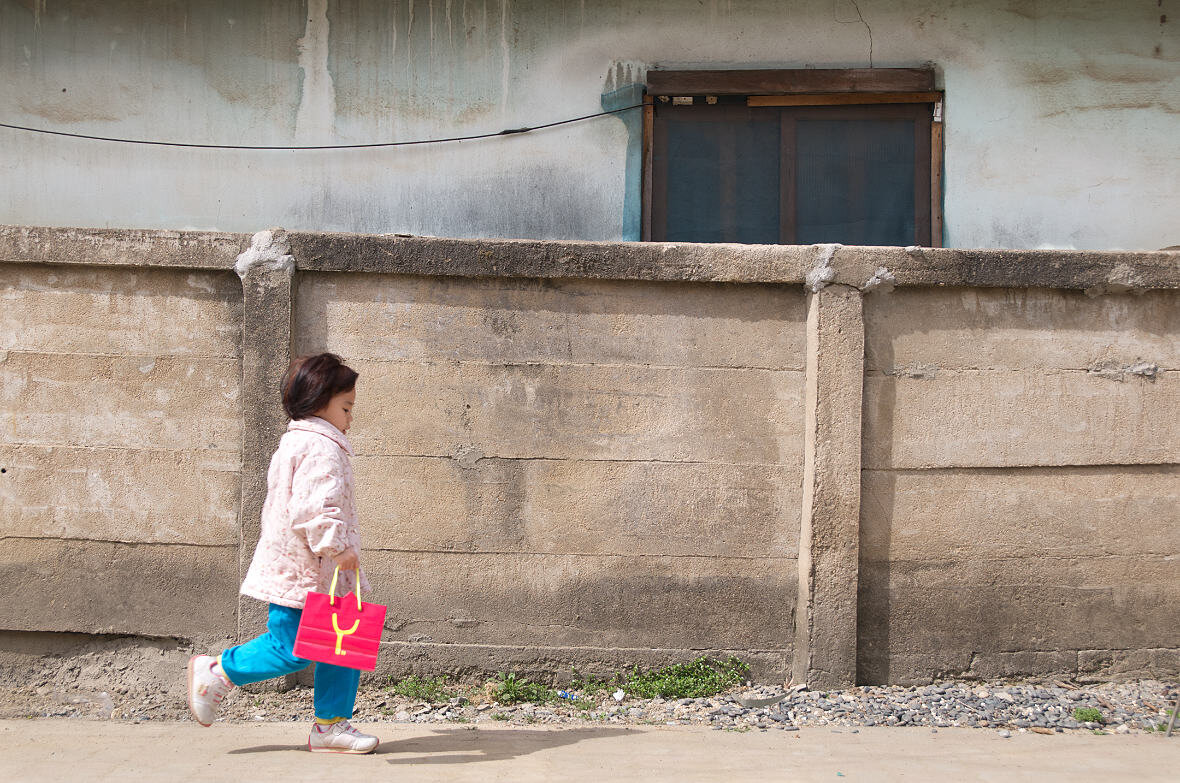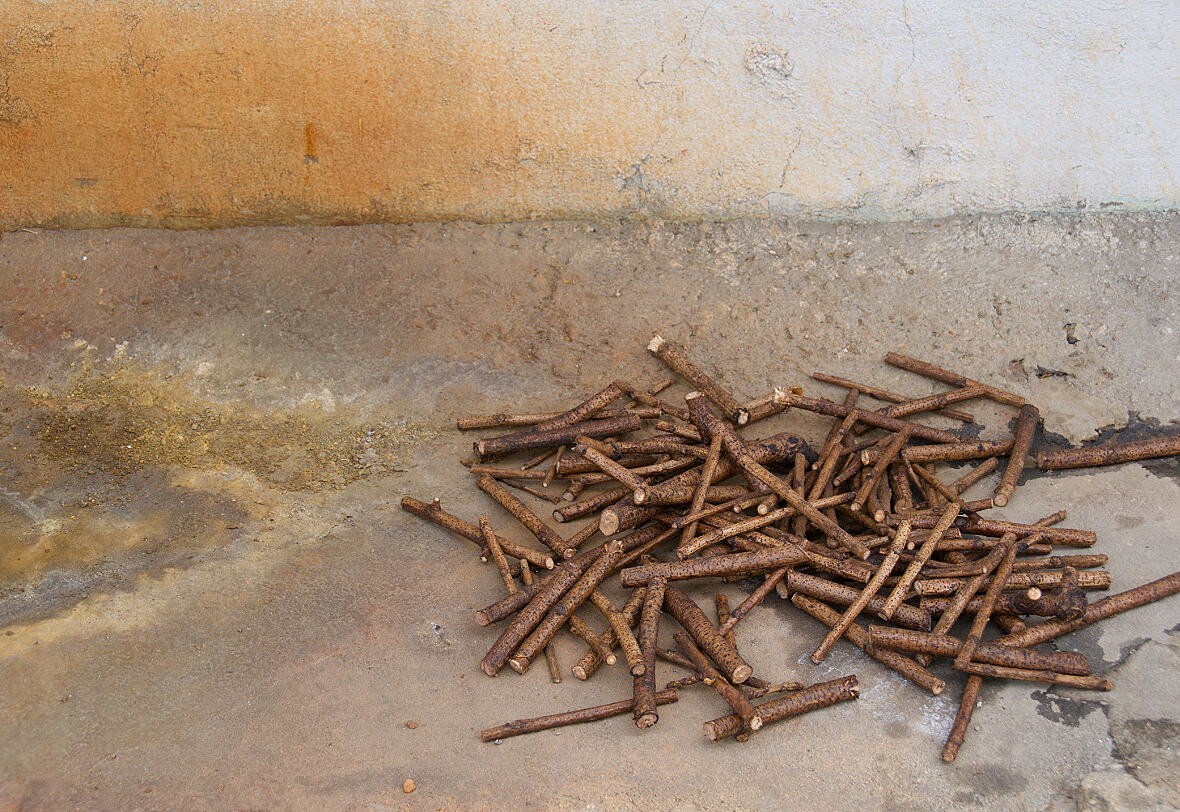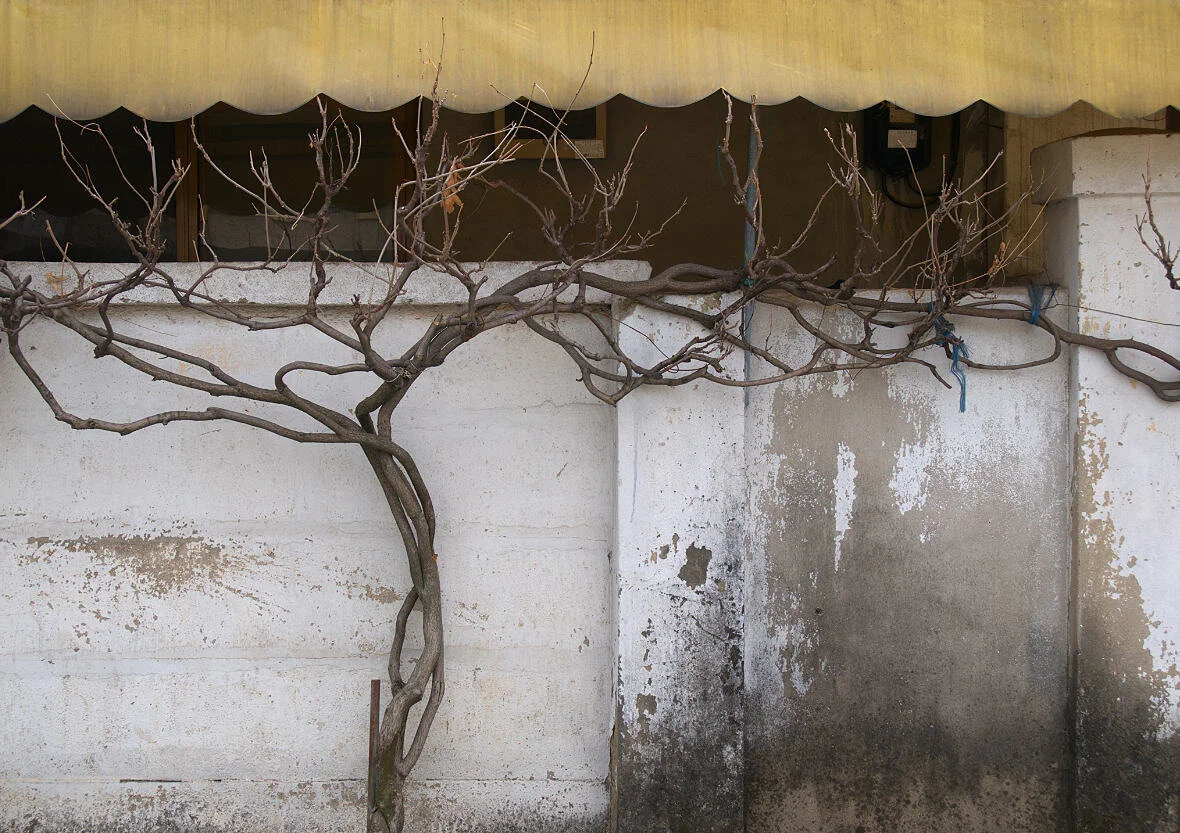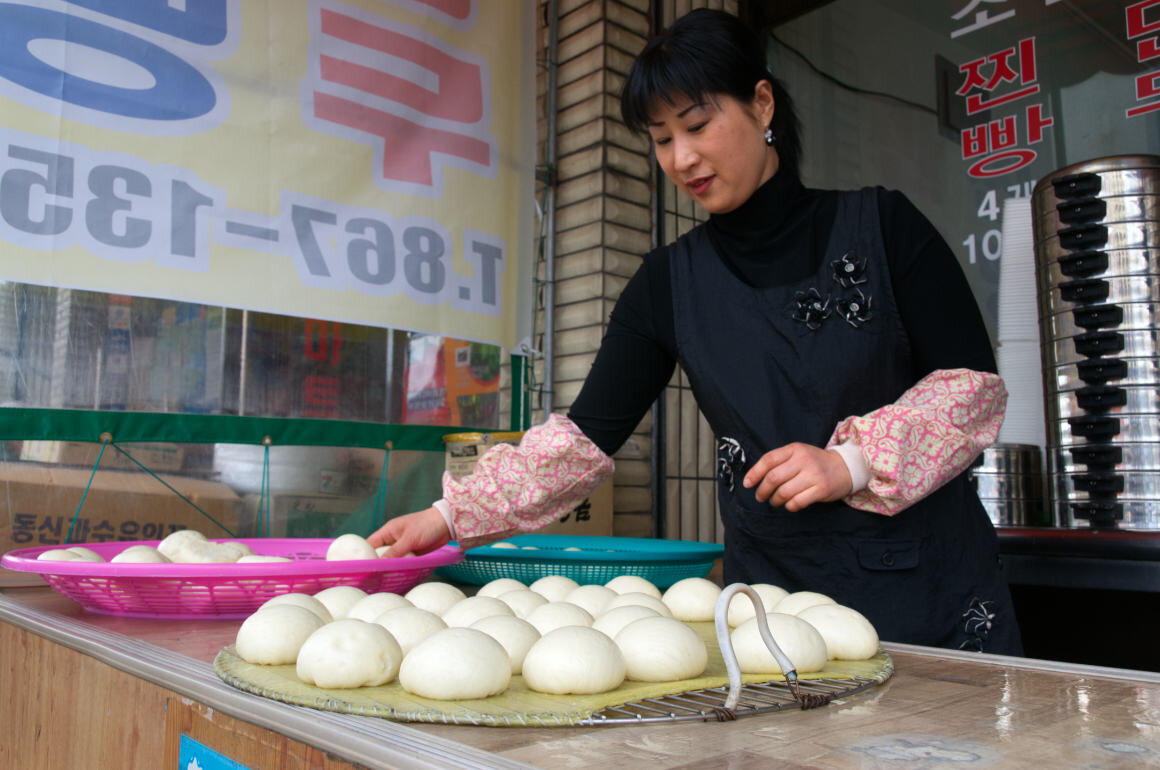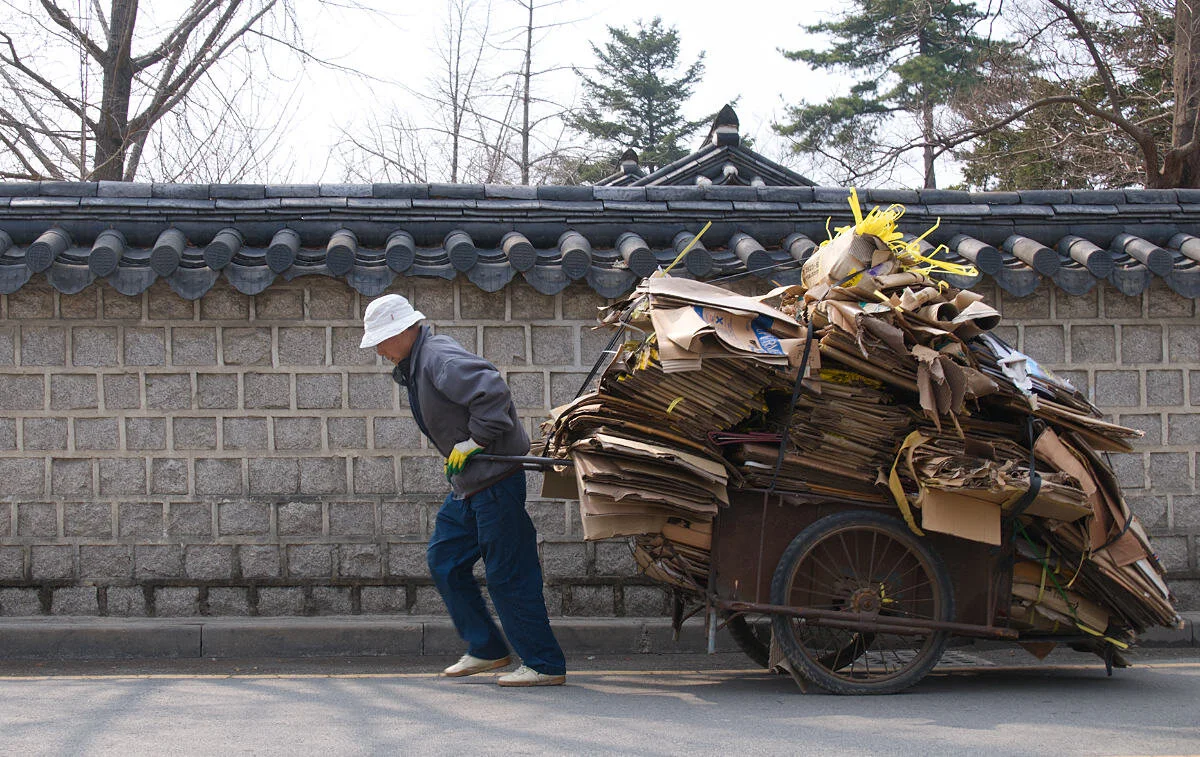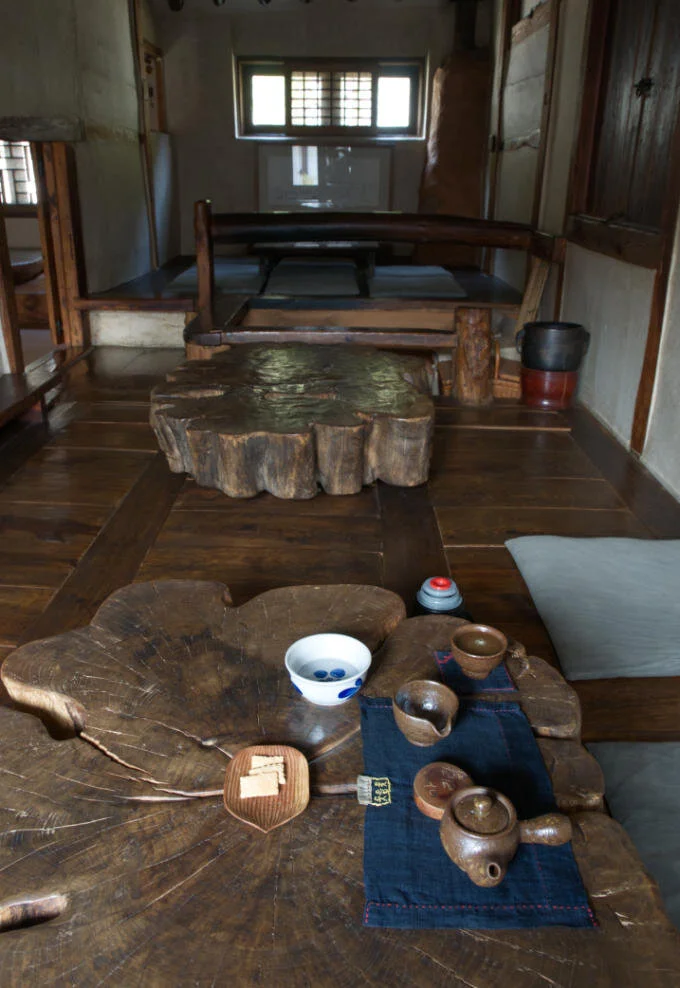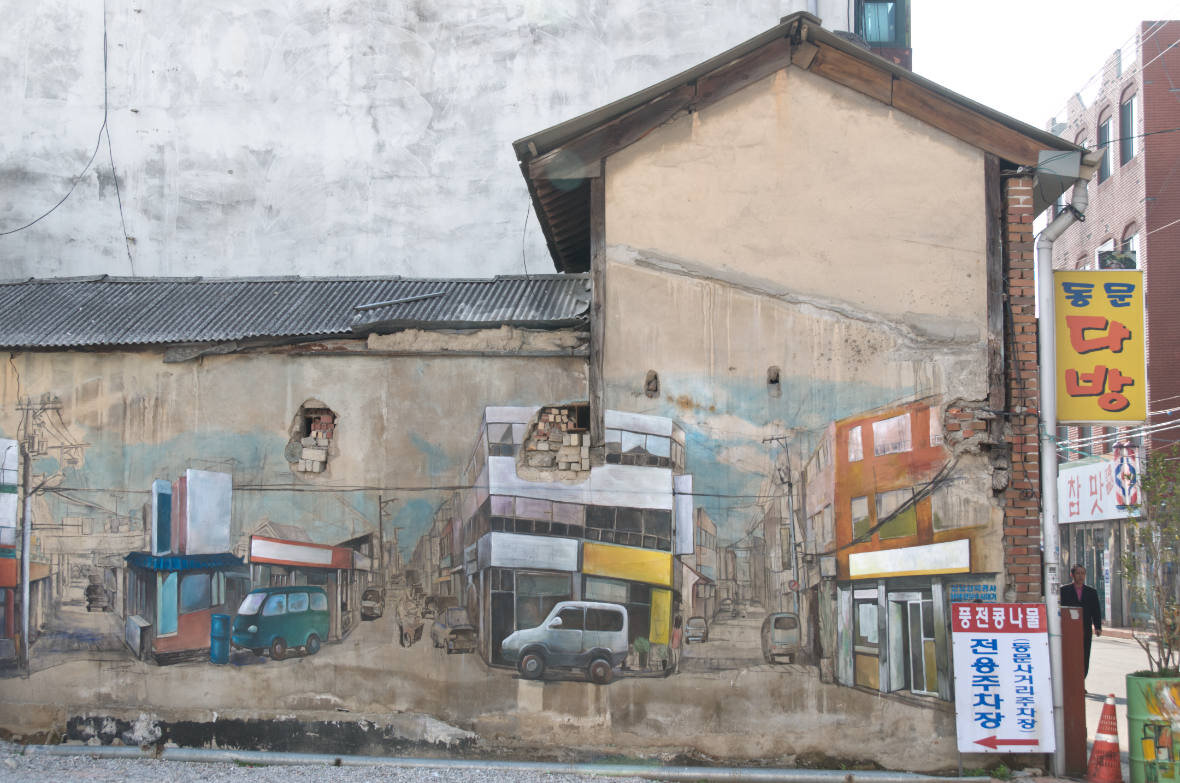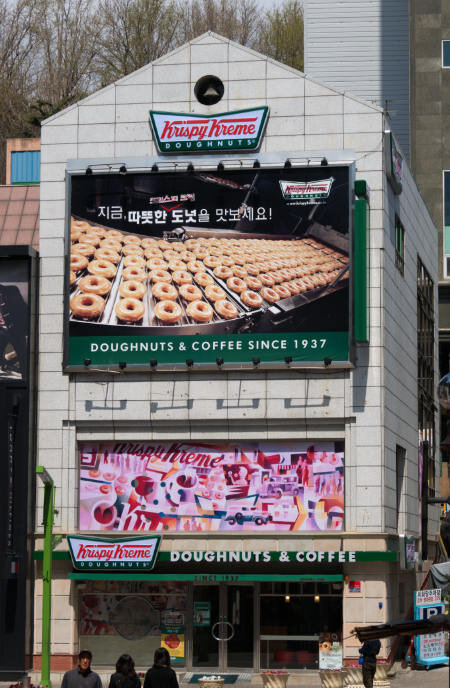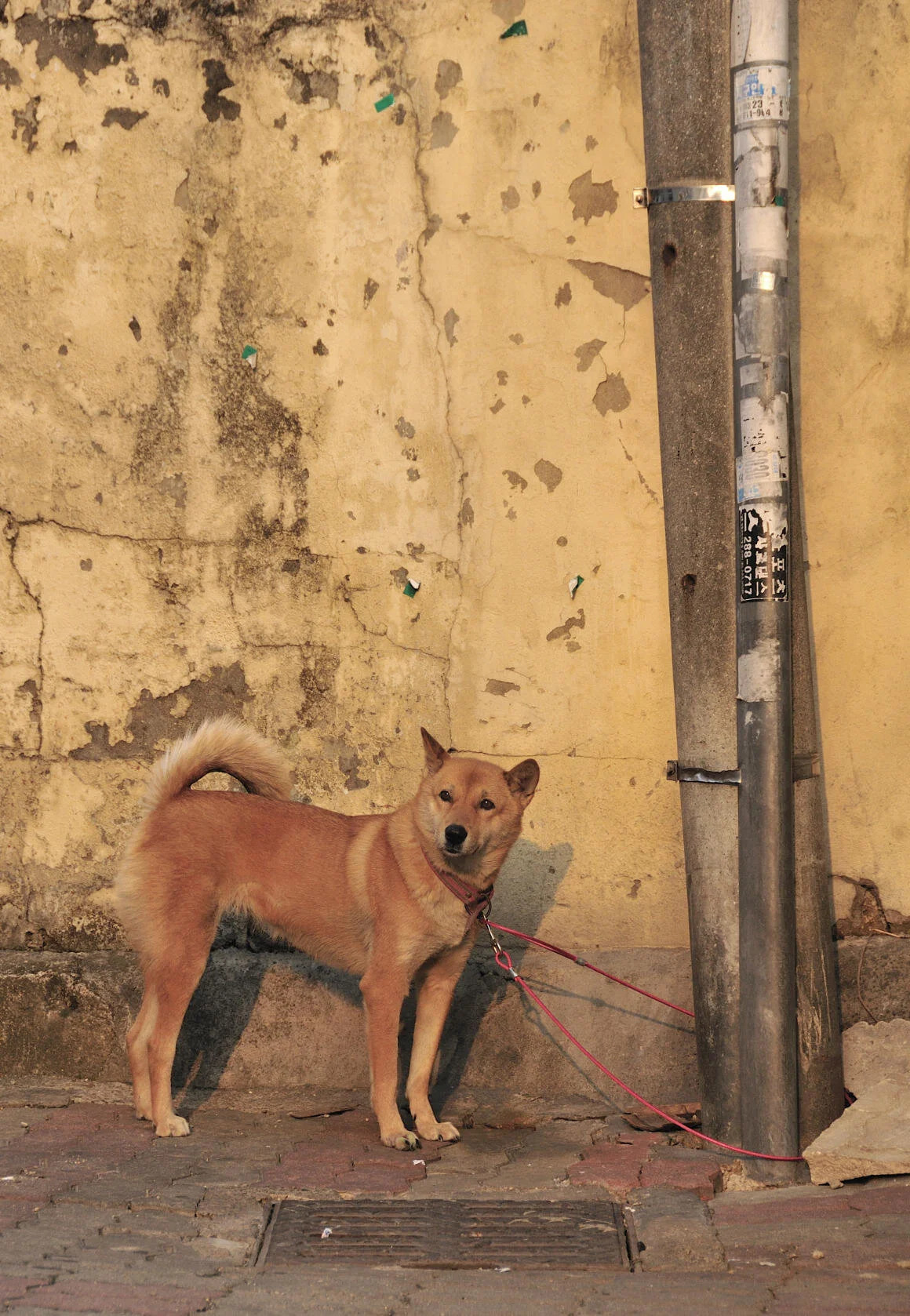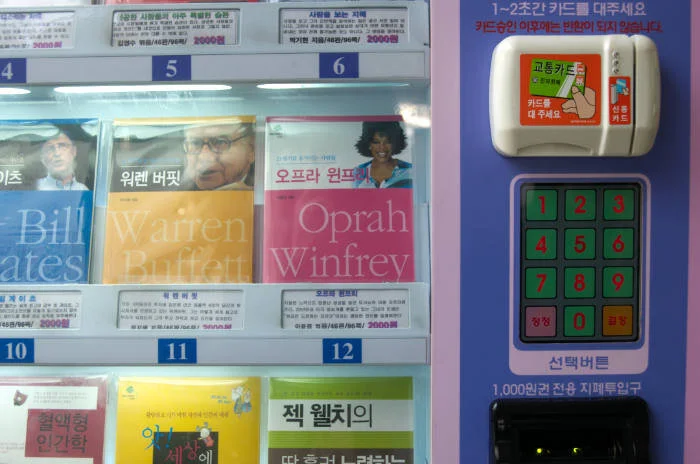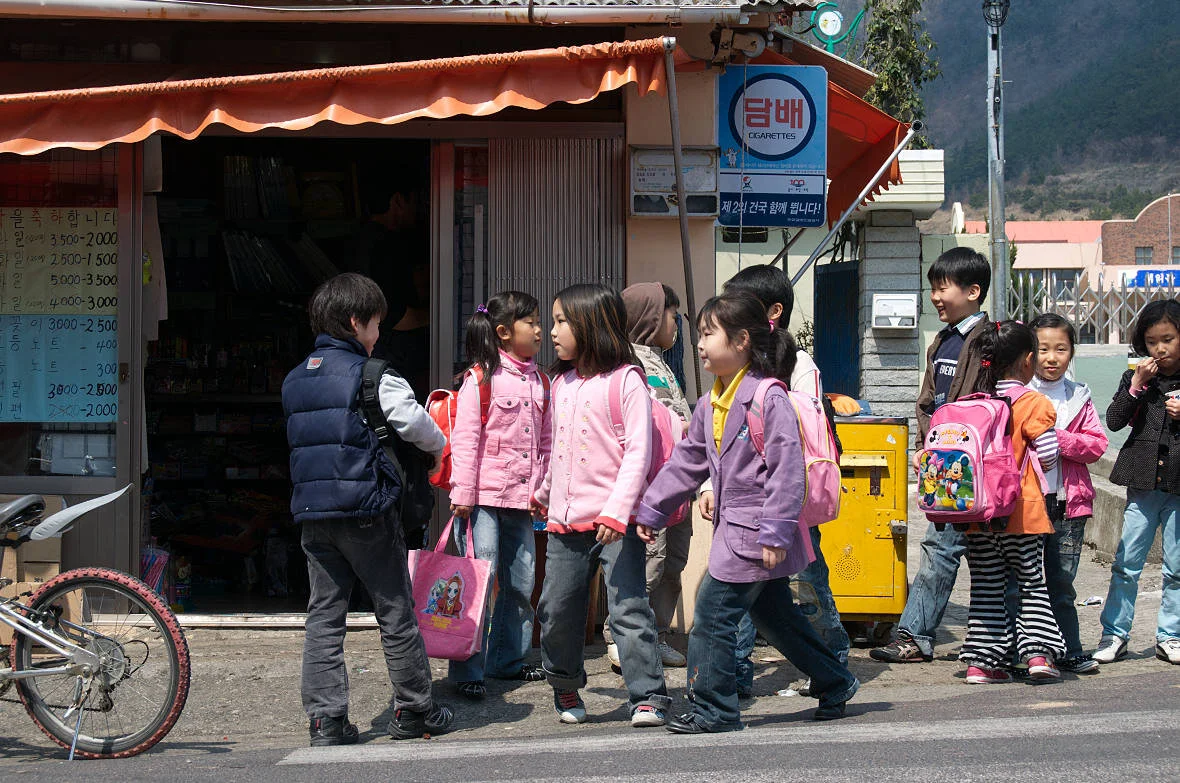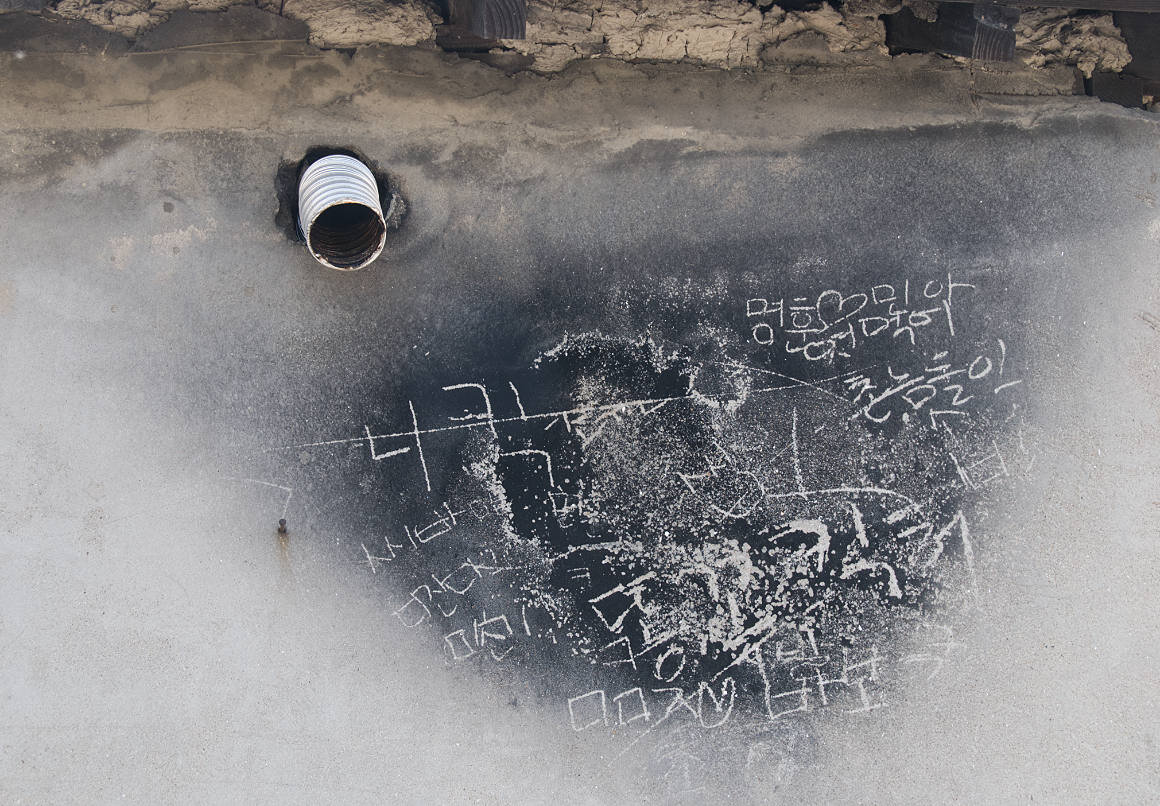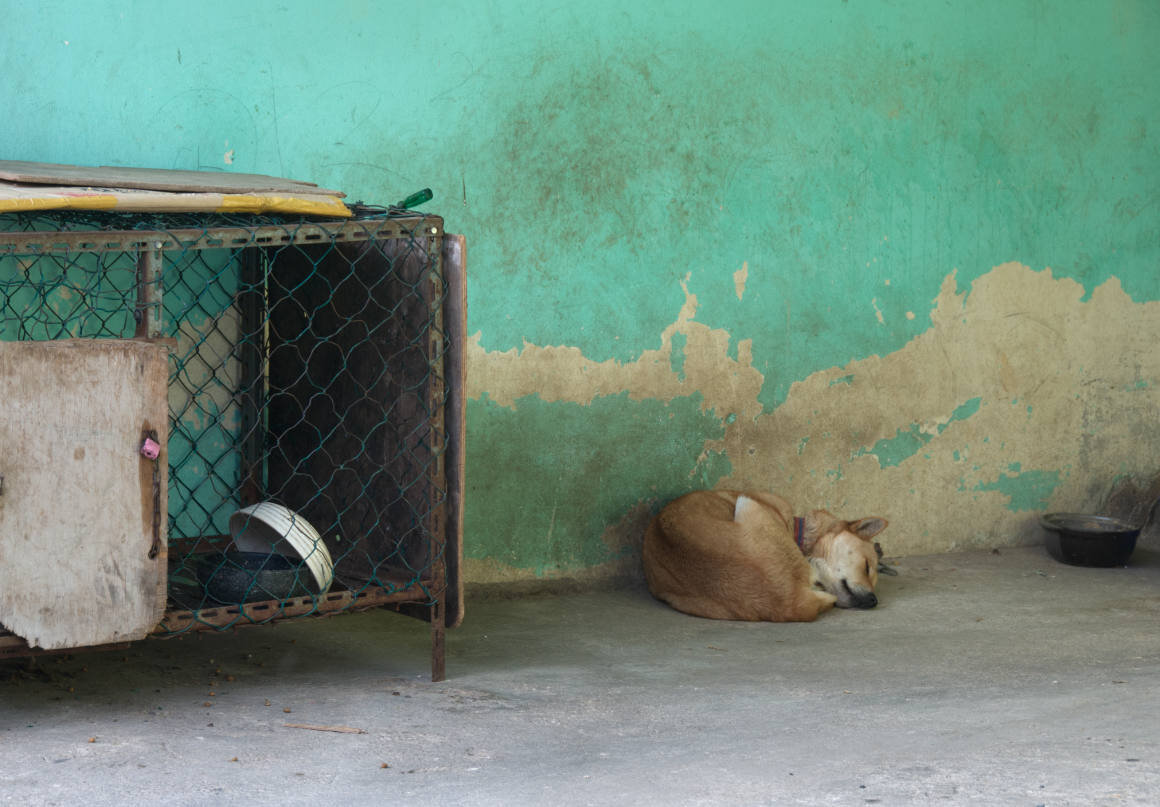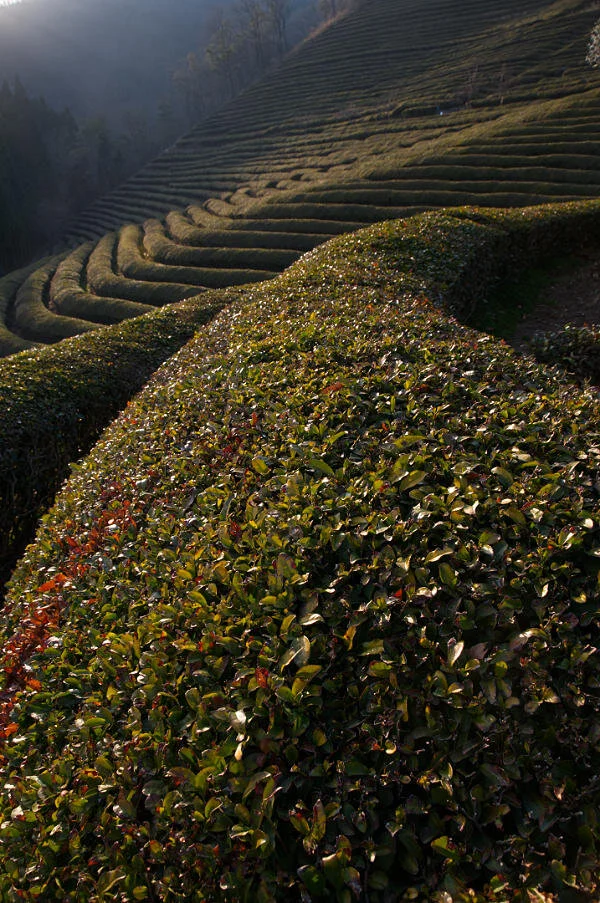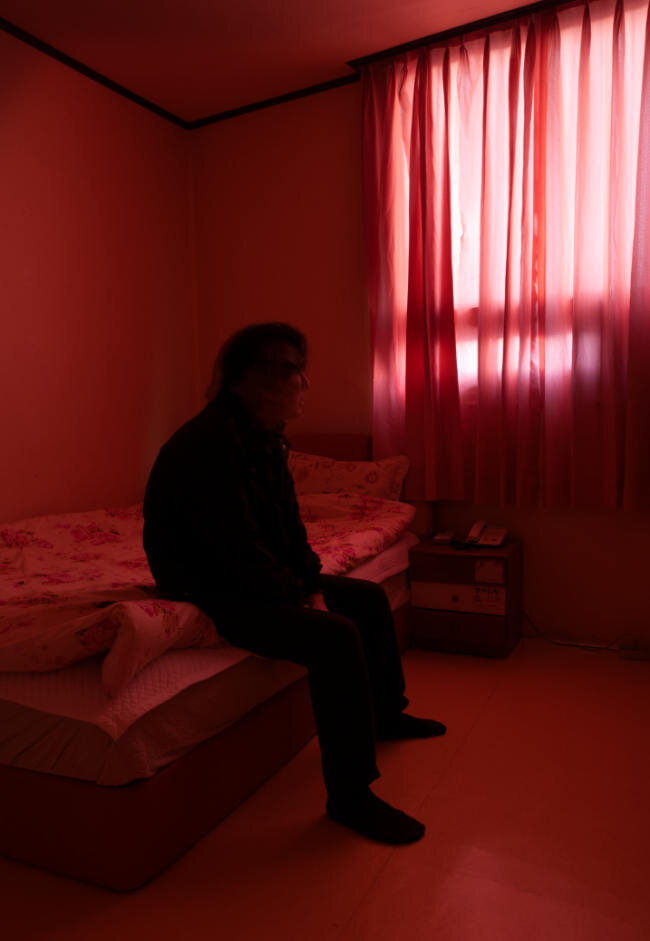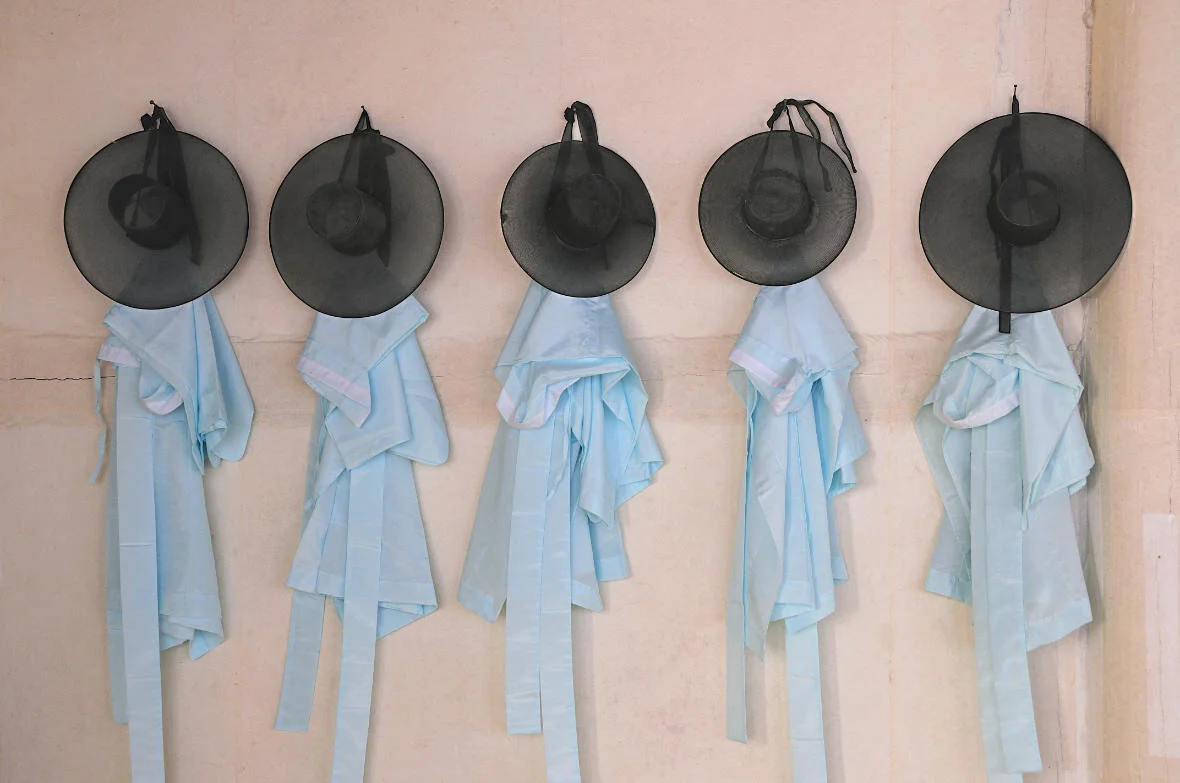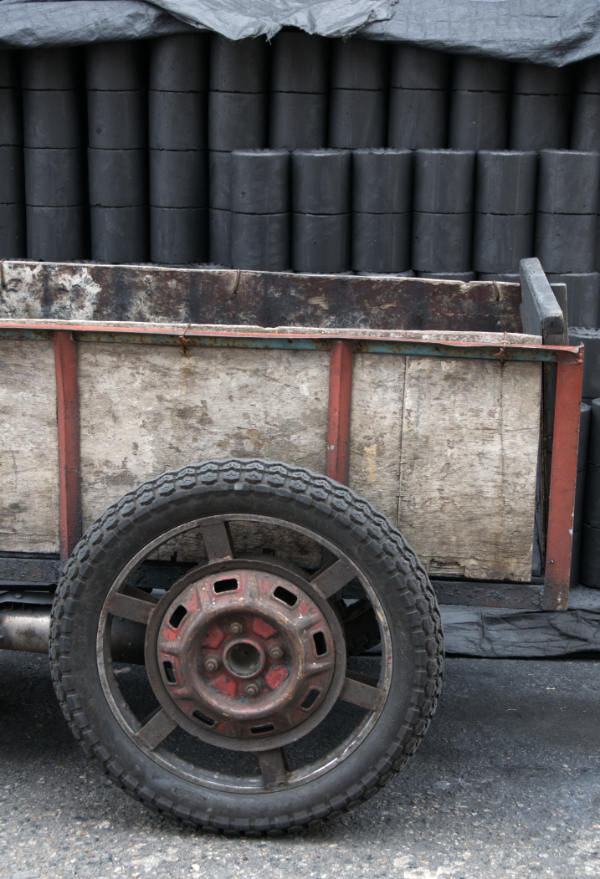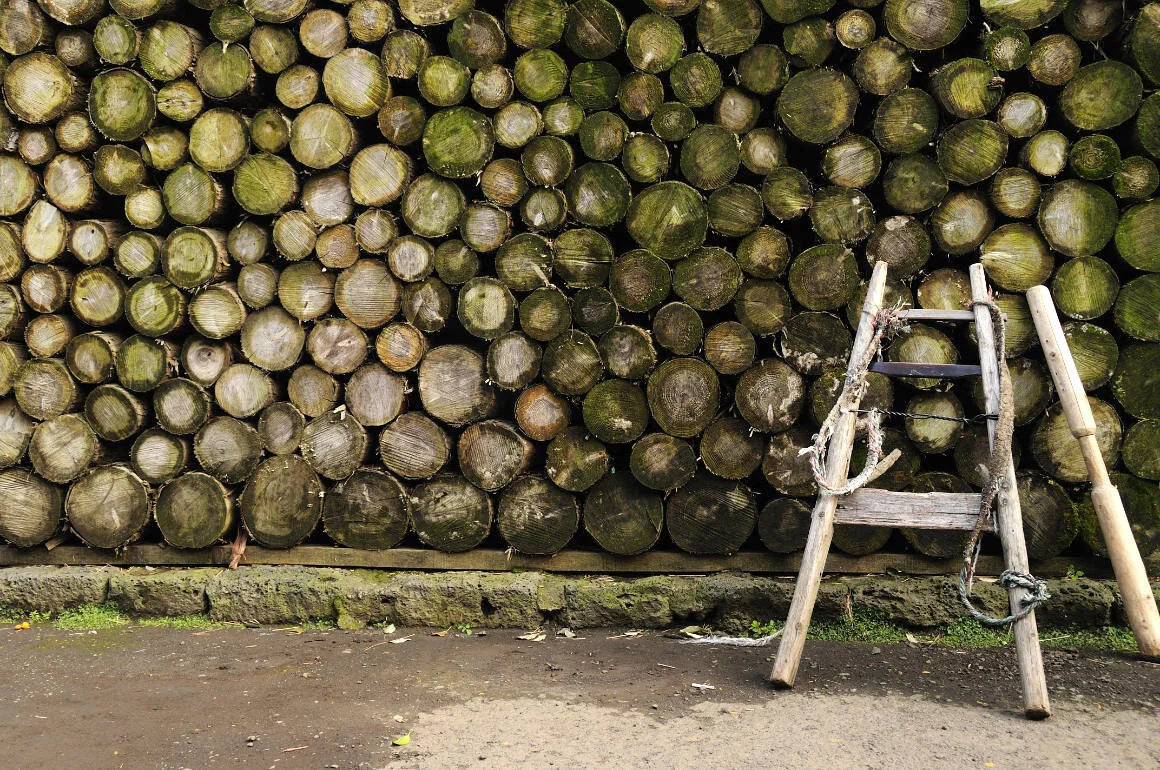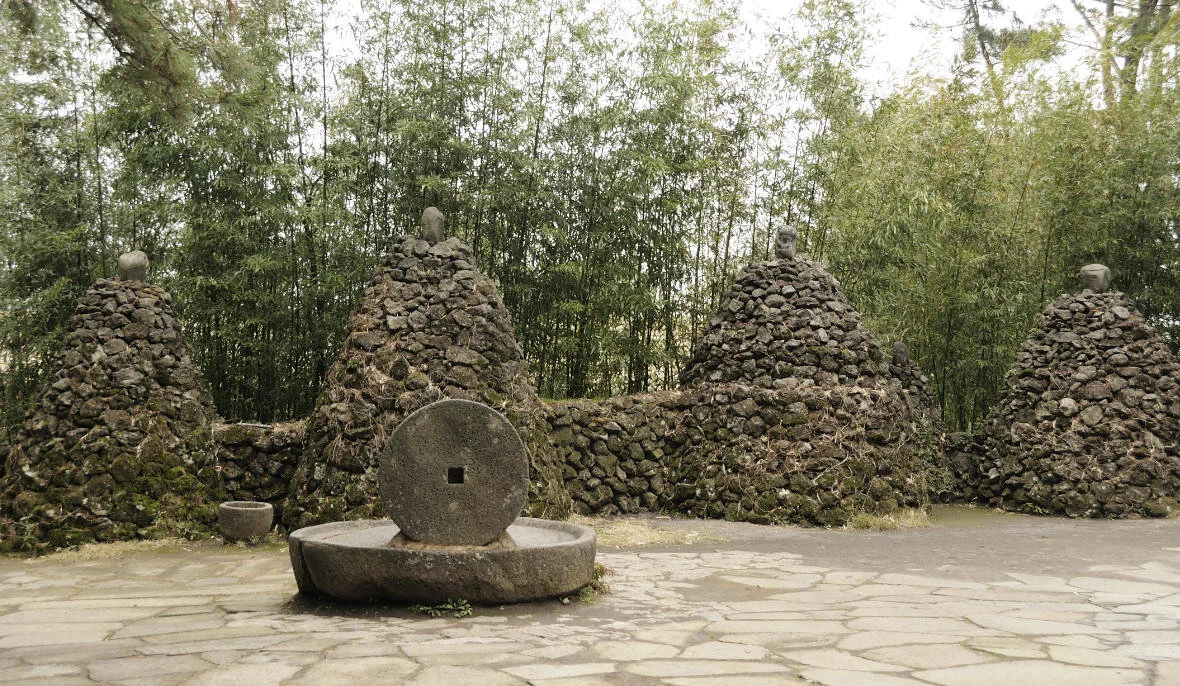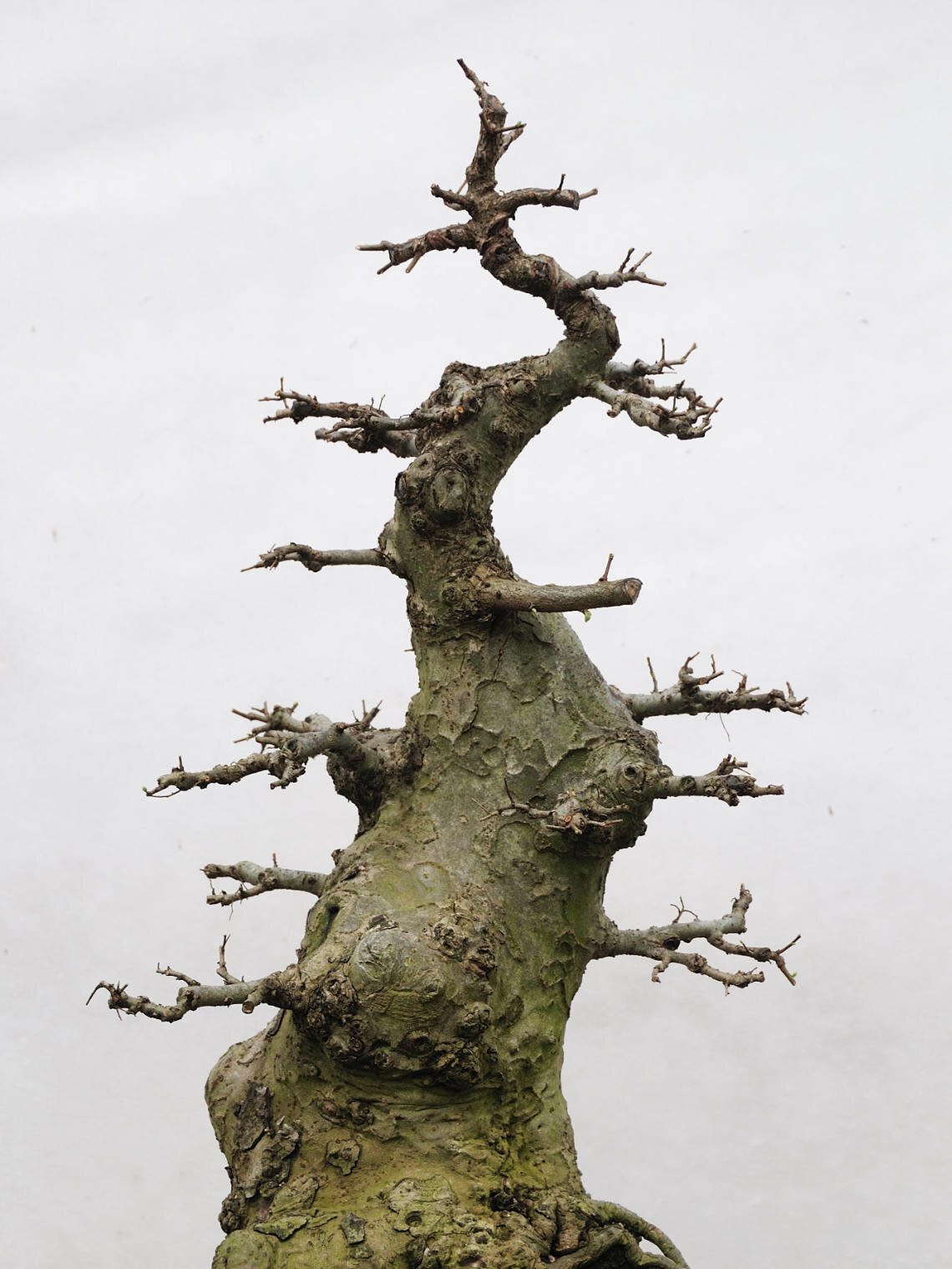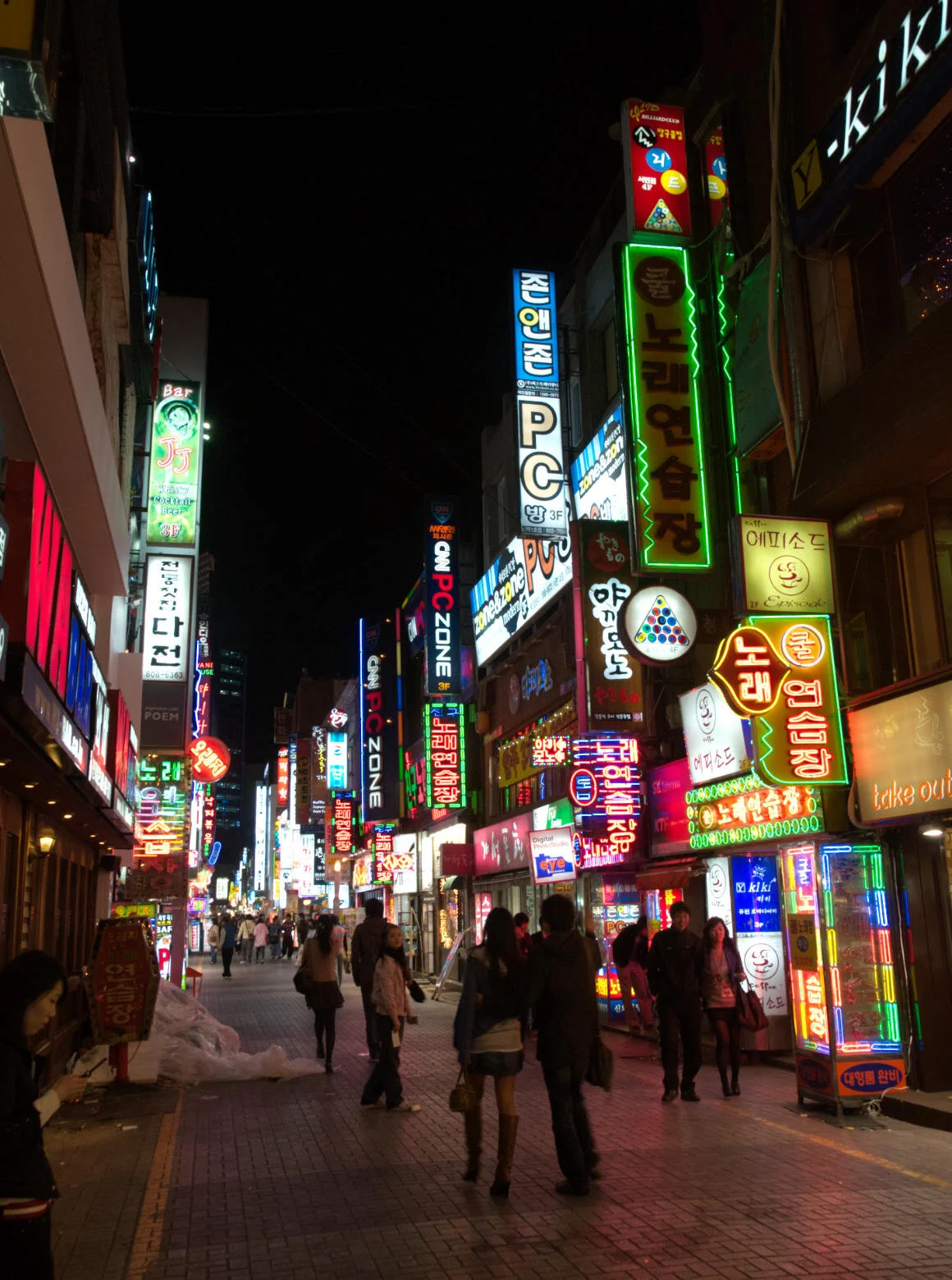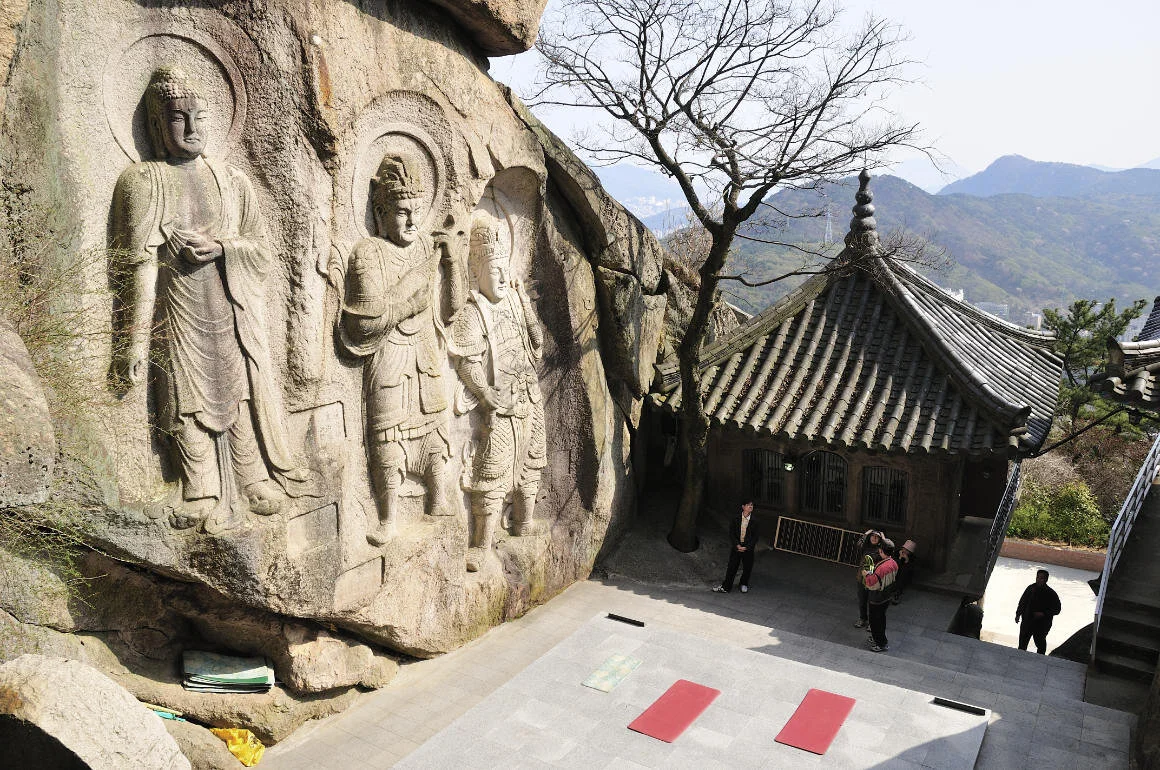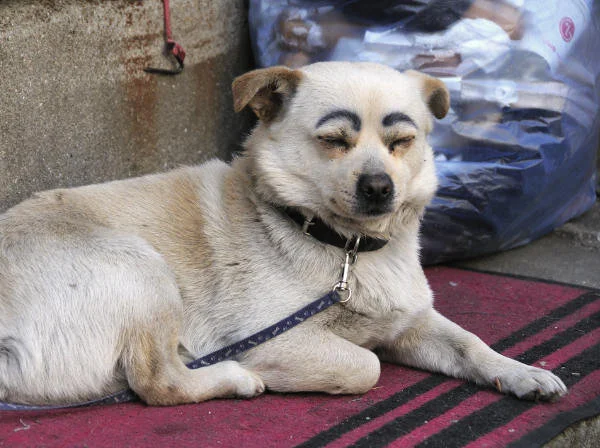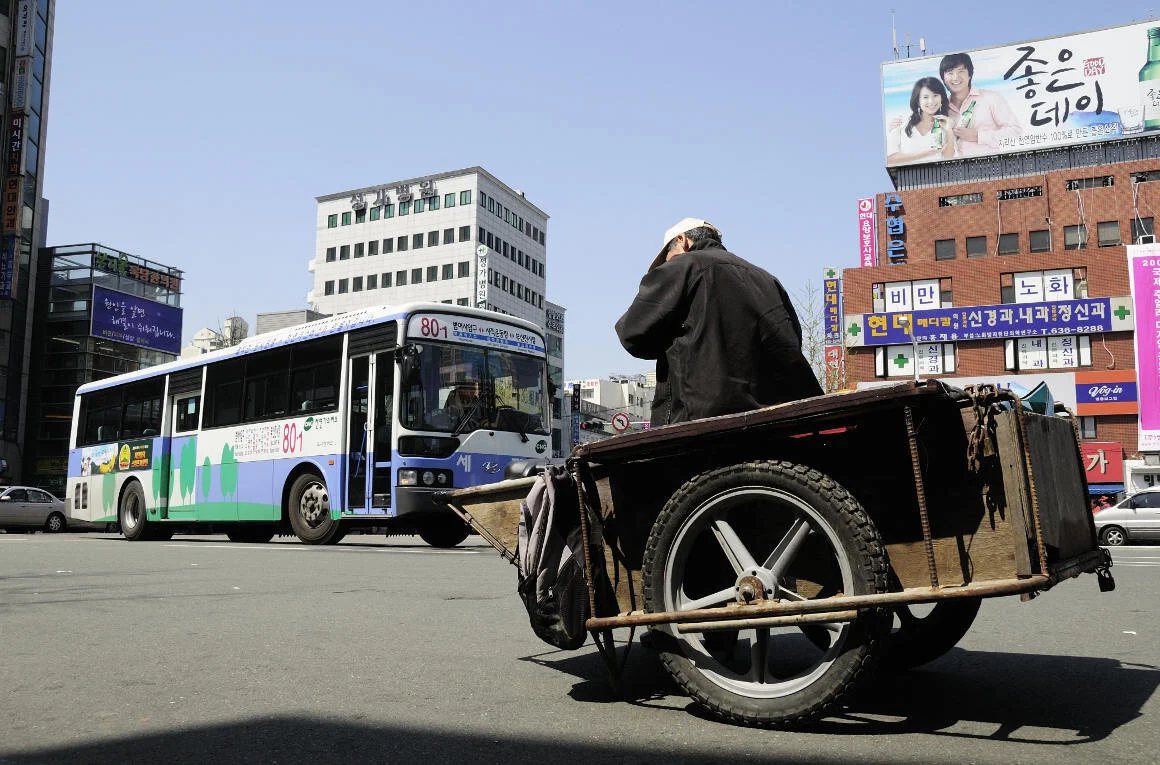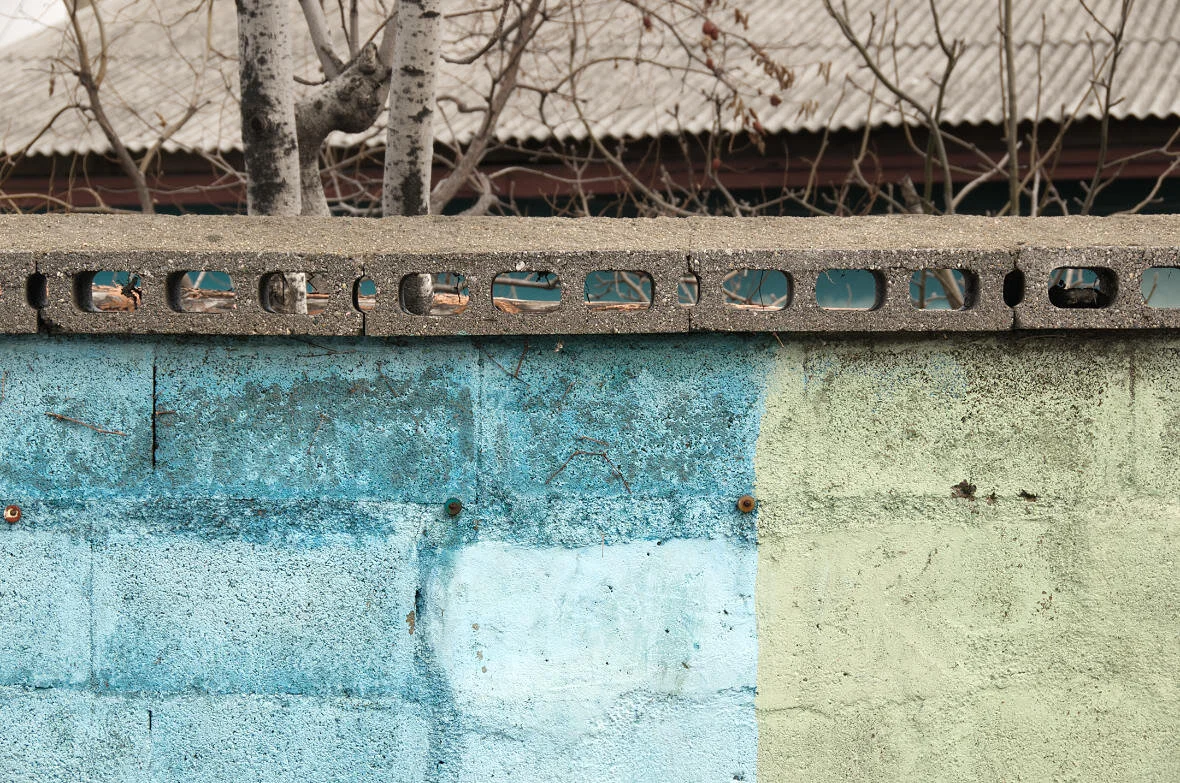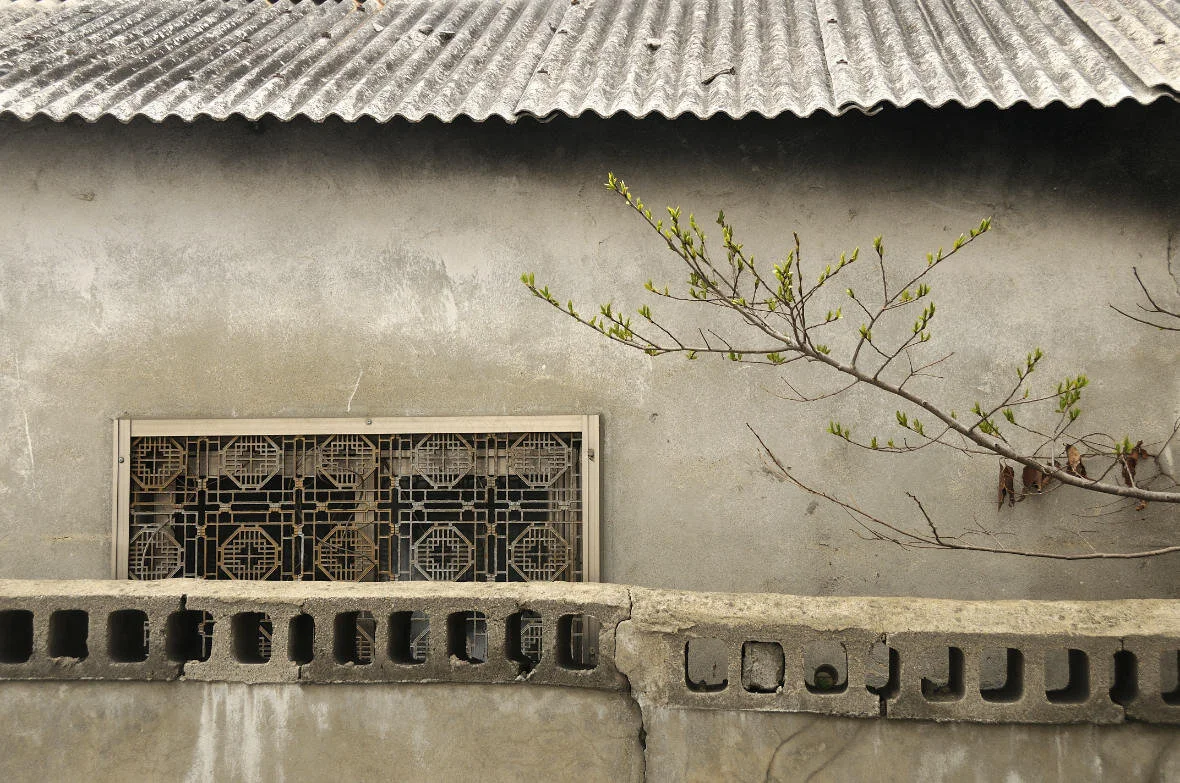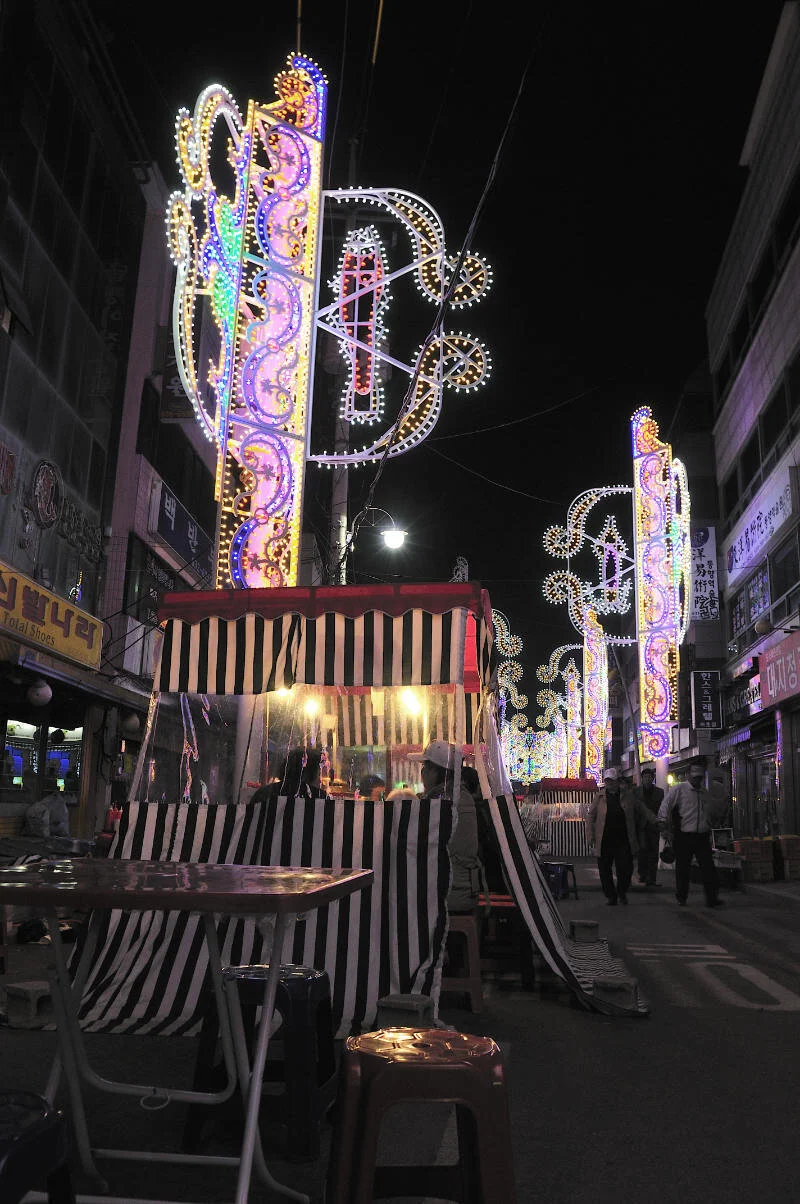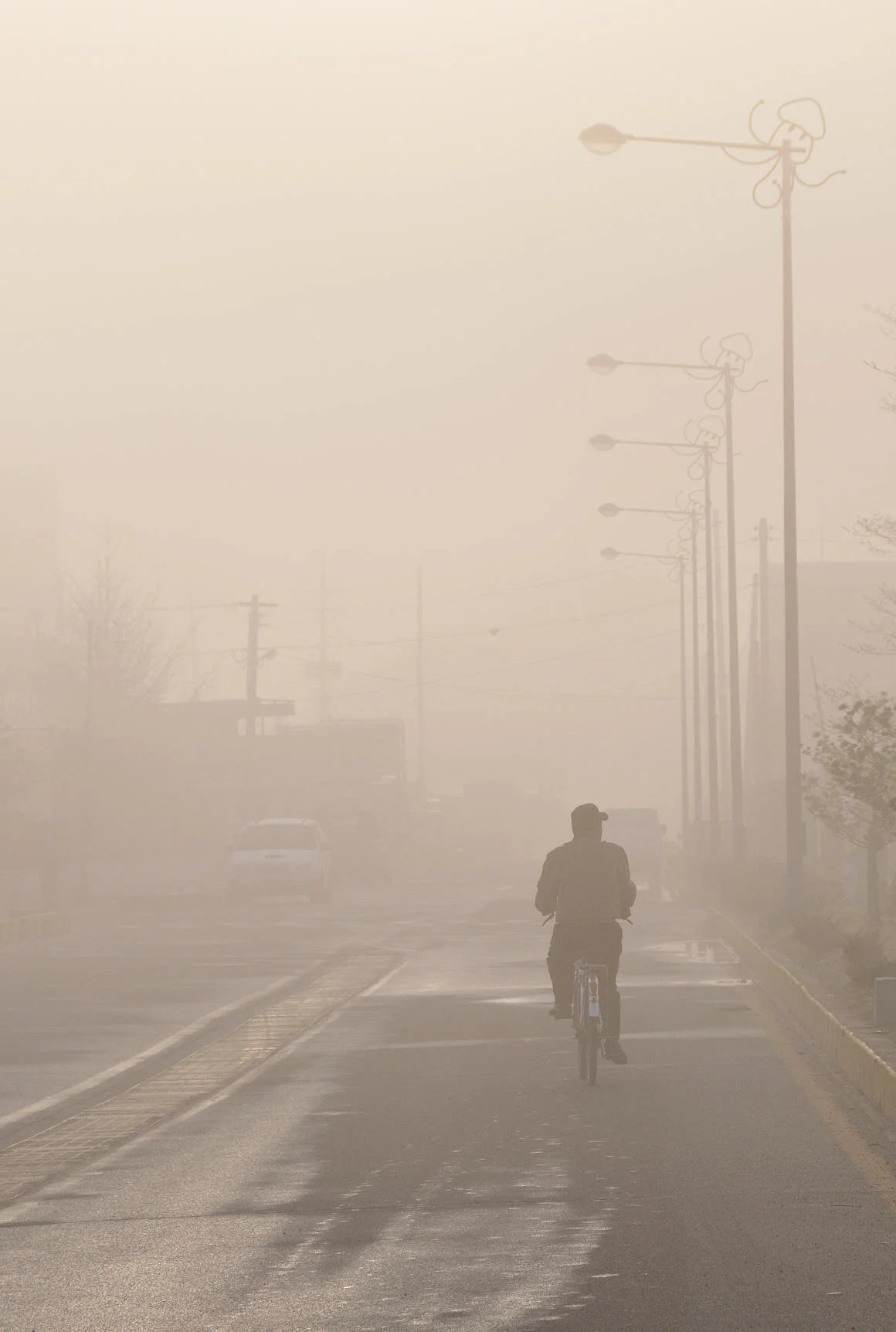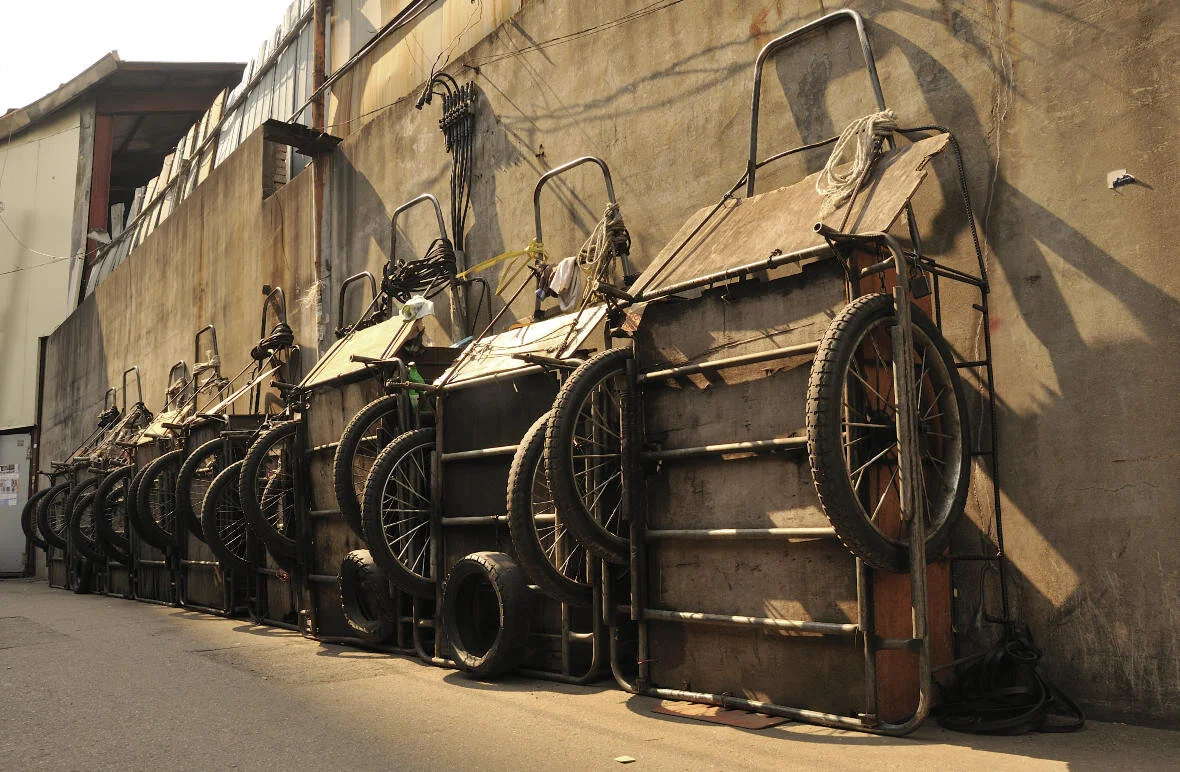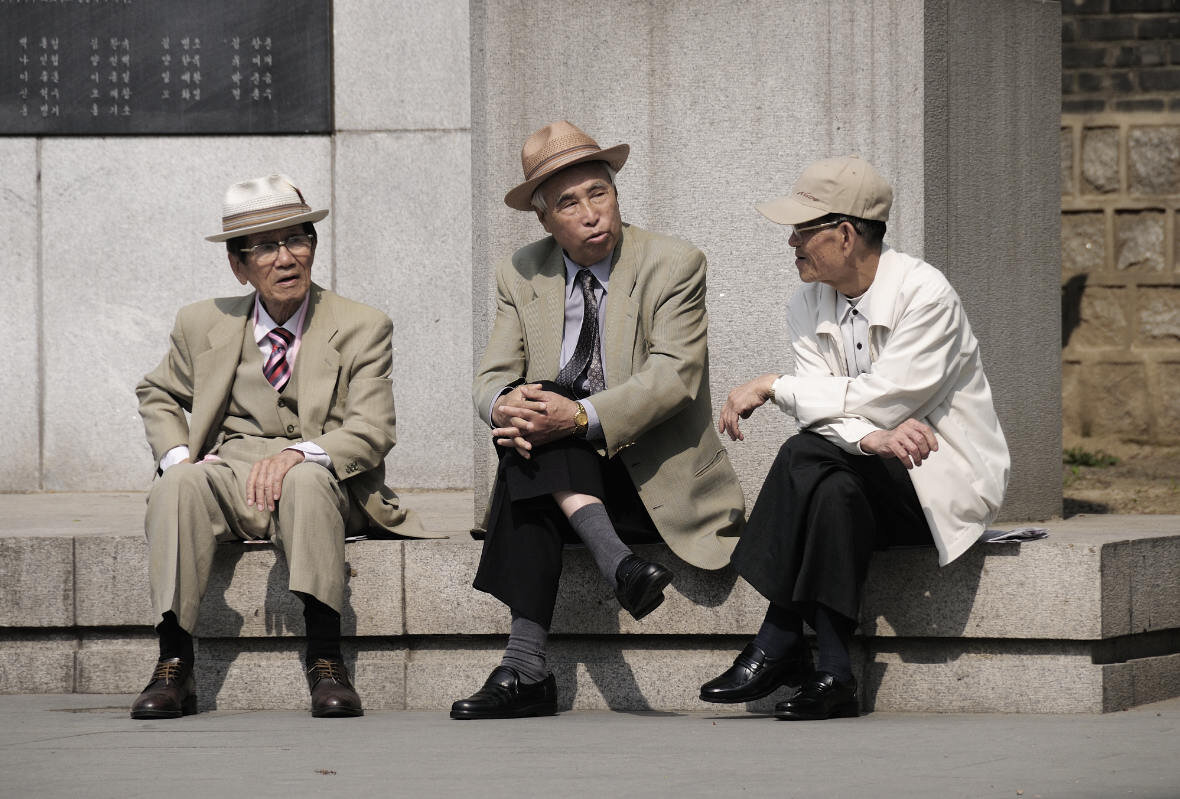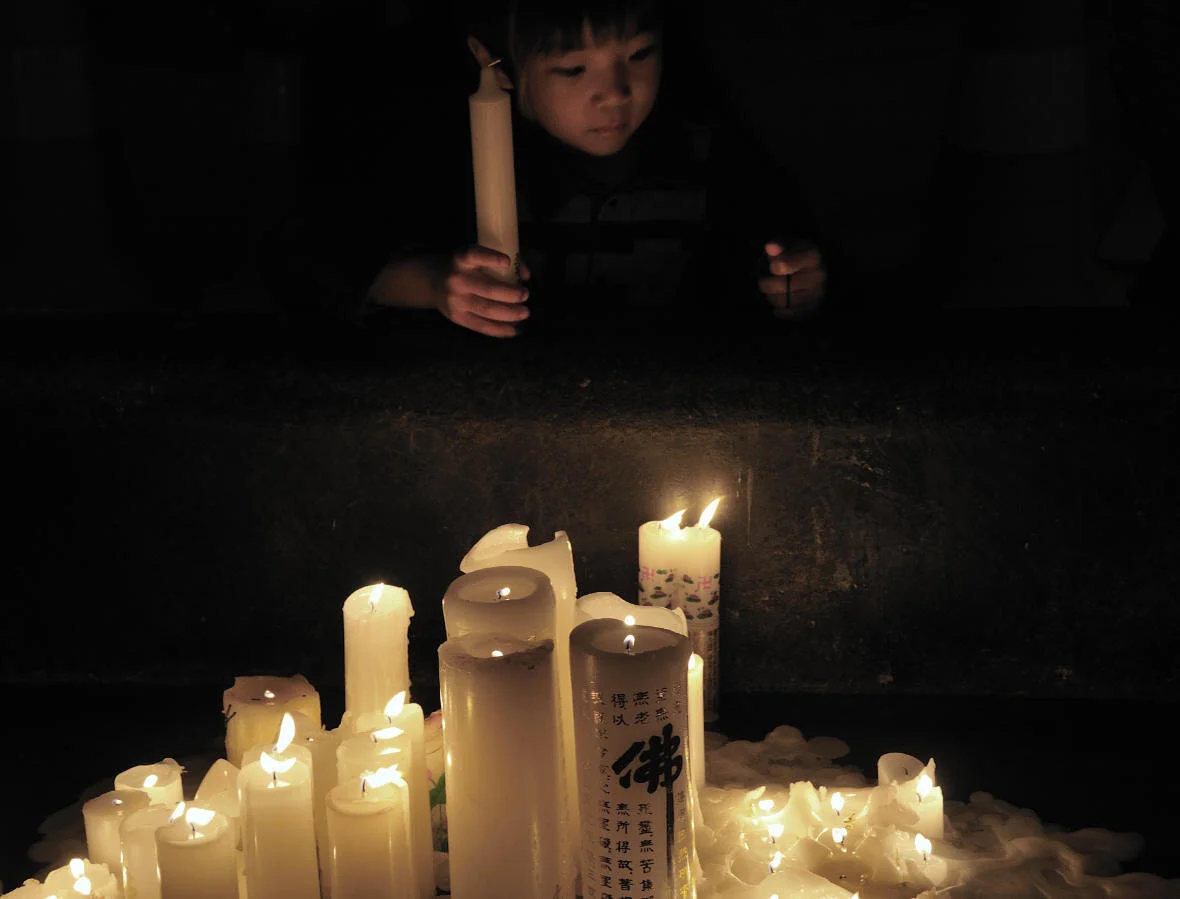Pictures from a dream
March 15, 2008
I didn’t think I’d see Korea again when my family moved to Los Angeles in 1980. It was the last month of my sixth grade year as we prepared to leave the only house I’d known. Like any kid in my town would’ve been, I was excited about where we were going. Korea was like an old toy I was casting aside. After a few months in Los Angeles, my parents bought a house in a suburb 20 miles away. The reality of Southern California was far from the vague image of what I expected America to be, but I guess I convinced myself that it was still a new, better life.
Maybe I wouldn’t have seen Korea again if I hadn’t visited a friend in 2001 who had taken a teaching job in Japan. It was much cheaper to get a connecting flight in Korea than fly direct. Since I was doing that, I figured I’d spend a few days in Korea. Those few days were like being awake inside a dream.
I went there again in 2006 for two weeks. I could’ve stayed longer.
Incheon, Gyunggido
This is my third visit. I started my previous trips in Seoul but this time I wanted to avoid the congestion and inflation so I got a room here instead. Almost every motel room has an LED TV and a computer now.
I went to sleep looking forward to all the things waiting to be seen outside..
Waiting outside was dust. An uncle who lives here had told me it’s something that blows over from China, usually in Spring, and covers the whole country.
The dust cleared up a bit by late morning.
There’s a Chinatown here.
After 2 days, I started making my way south down the west coast.
In the crowded subway car, every person I see is Korean. Having lived most of my life in Californian cities, such homogeneity is a surreal sight.
Buyeo, Chungcheongnamdo
My family lived in a small town about 20 km southwest of Seoul. I had never traveled outside our province during the 12 years I lived there even though any place in the country can be reached by bus or train in a few hours.
I visited several provinces and saw many temples and other famous sites on my previous trip. This time I wanted to see places that guidebooks don’t bother to mention.
Getting around would be difficult if I couldn’t read and speak Korean. Most of the train stations now have the station name in English but buses and bus terminals do not. And no one speaks English. I only remember a small fraction of what I had learned up to the age of 12 but even that is a huge help. And, as it did during my 2 previous visits, my Korean improved after a few days.
But sometimes it was still a challenge to order a vegetarian meal.
Apparently, no meat = fish
and
no meat or fish = diced Spam
Cheongju, Chungcheongbukdo
I have no idea what’s going on here.
Jochiwon, Chungcheongbukdo
The dust is almost gone, and it is becoming clear that my pictures of this trip are of walls,
things in front of walls,
and people moving past walls.
Several people asked what I was taking pictures of and why.
Some were puzzled and some looked at me suspiciously like I was shooting their country (people often assume I’m Japanese) while it was wearing a wife-beater, black socks, and flip-flops.
And some people were quite affable.
When this woman heard that I am a prodigal son on a journey across his homeland, she encouraged me to shoot her steamed buns.
Iksan, Chungcheongnamdo
One thing that’s starting to get on my nerves is the way people drive here.
Cars and motorcycles seem to go pretty much anywhere pedestrians can. No matter where you walk or stand and however narrow the space is, you are never safe from a car or a motorcycle passing just centimeters away from you. I used to accept this as part of the charm of an alternate world but not this time.
Jeonju, Jeollabukdo
I stayed here for a couple of days to get laundry done (Korea still does not have coin laundromats) and look at the old part of town.
It is a neighborhood with restored or recreated traditional houses and businesses. This is a paper mill.
This is a traditional tea house. The prices however are very untraditional: about $5 a cup.
I thought these things looked silly when they were installed for the 2002 FIFA World Cup. Now they look even sillier, like decorations from a party 7 years ago that haven’t been taken down.
Most of the city centers look similar now with newer buildings, chain stores, and peculiar English signage.
But if I walk away just a little, I can still find the Korea that I remember.
The house I lived in had green doors with lion head knockers just like this.
This is a Jindo dog. It’s a Korean breed that’s been declared a national monument. It originated on Jindo island and is still bred there exclusively. I’ve read that only the dogs that are not considered to be prime examples of the breed are allowed to be exported. They are seldom seen in other provinces and I was especially surprised to see one here because you don’t see dogs, of any breed, tied on a street like this.
My family had a Jindo dog when I was 9 or 10. Every time he saw me sitting outside with my back against a wall and my knees up, he’d come over, drape himself across the space between my stomach and thighs, and go to sleep. He got very sick and died within a few months. We’ve had many dogs and I knew that dog the shortest but he’s the one I remember the most.
School uniforms had gone away shortly after I left the country in 1980.
Now they’re back.
Sunchang, Jeollabukdo
Mokpo, Jeollanamdo
I am now pretty far down south in this port city. In the province names, nam means south and buk is north.
I saw book vending machines in many bus terminals and train stations. Oprah’s words are available to accompany you on your journey through Korea.
Jindo, Jeollanamdo
After seeing that Jindo dog, I decided to visit the island.
Here’s one curled up like a prawn.
Boseong, Jeollanamdo
I’m here to visit a green tea plantation that’s a few kilometers outside of town.
Before I entered the orchard, I was lured by a restaurant that is milking the whole green tea thing. Everything on the menu has green tea in it. I ordered green tea ramen.
The hillside orchard looks and smells fantastic.
Reflection on my motel room window
This light reminds me of butcher shops
Cheonghakdong, Gyeongsangnamdo
Traditional menswear
Korea is smaller than California yet there are different accents and dialects in the provinces. It’s the most distinctive in Gyeongsangnamdo. I’d say it’s comparable to Appalachian or Texan English.
Jinju, Gyeongsangnamdo
In my childhood home, charcoal was placed in a chamber beneath the living room floor to provide heat in winter. It is still used today in some houses.
Busan, Gyeongsangnamdo
This is the second largest city in the country and I was only here to catch a flight to Jeju island, which is like the Hawaii of Korea.
It is a very popular place for honeymooners, many of whom can be spotted by their matching sweatshirts.
Seong-eup, Jejudo
The food sucks here — nasty seafood, black pig, and not much else.
I heard that folks on this island used to think that black pigs taste the best when their main diet is human feces. So back in the day, pigs were kept directly underneath outhouses.
Mokseogwon, Jejudo
My favorite place on the island. It is a sculpture garden made of rocks and trees. It reminded me of Ta Prohm in Siem Reap, Cambodia.
Another place I really liked was the bonsai museum.
I turned 40 on the island.
Busan, Gyeongsangnamdo
I hadn’t planned on spending any time in Busan for the same reasons I avoided Seoul but after the return flight from Jeju, I decided to stay for at least one day.
Maybe I was weary from having been on the move, or this city was a change from the small towns I had been in, or because so many towns on the mainland seemed so similar that I wasn’t in a hurry to see the next one. After the first day, I checked into a nicer hotel to stay few more days.
I went on long lazy walks, became familiar with the subway system, and took more pictures of walls. Someone even asked me for directions and, to my surprise, I answered him correctly.
I see green metal doors with lion heads and think that I’m having a dream about my childhood then I see an old lady selling spicy rice cakes from a cart. They look just like the ones I used to eat so I order a bowl, making sure to speak in the honorific form of Korean like a good 9-year-old should… then I hear the ringing of a cellphone and think that I’m about to wake up in my bed in San Francisco. But someone answers the phone and the rice cakes are still here (but they cost a lot more than they did when I was 9), and the old lady is actually younger than I am.
The cherry blossoms were in peak bloom and there were ongoing celebrations of the birth of Buddha at every temple..
No matter how awesome your shoes are, you are not allowed to wear them inside.
One morning I realized, shit, I’ve been here for 6 days!
I got on a bus headed north.
Taebaek, Gangwondo
There aren’t as many towns on the east side of the country.
I boarded a train in Taebaek for a scenic ride through a bucolic area that was mentioned in the travel book.
Only two other people got off at the transfer point — women from Austria.
They were doing the same train ride. They didn’t speak a word of Korean and the only English that the station agent knew was “Can you speak Korean?"
I stepped in to translate and it felt strange to speak English for the first time in almost a month.
Jeongseon, Gangwondo
I rode with them, helped them check into a hotel, then went my own way.
I wondered how they would get by since Gangwondo is the most rural province and this is a small, sleepy town without any tourist attractions or likelihood of anyone speaking English.
Next day on the train, I ran into the Austrians again. They were doing just fine. People can be quite curious and helpful here if you look very out of place. There are many people in Korea who have never seen a foreigner.
Gangneung, Gangwondo
This town is famous for tofu. There is a neighborhood with nothing but tofu restaurants. I hadn’t eaten well for a couple of days so I stayed here for a day and ate.
Sokcho, Gangwondo
This is on the northeast corner of the country.
I got a room for about $15, which is the lowest I paid on this trip. But the area around my hotel appeared to be deserted and it was only 9:30pm.
I went for a walk to the other side of town.
I turned onto a small street and the whole place was lit up with people doing some vigorous nocturnal eating.
I had 3 days left until my return flight
I got on a bus to Seoul.
Seoul, Gyeonggido
I got a room near Insadong-gil, which is a street of boutique gift shops, antique stores, and cafes.
The weather became warm and muggy. I became weary of the noise and the crowd of Seoul almost as soon as I arrived and regretted getting here so early.
I sat in the shade among old men in a park and my last days here passed quietly.
I was ready to turn in early on my last night but I decided to go for a walk. This is a temple nestled among skyscrapers. I had been here once before during my first trip in 2001 but I only saw it during the day.
Each time I visited Korea, it was like seeing that old toy I threw away almost 30 years ago. And I think, it has to be a dream because it can’t possibly still be here. But I can see it, pick it up, and hold it in my hands. This time I held it for a month and it didn’t disappear or turn into something else like it might have in an ordinary dream.
I lie in the hotel room and wonder who I might be today if my family hadn’t moved. I try to fill in those years with images of a life that might’ve been. Whatever my feelings might’ve been when I left Korea in 1980, I am now grateful that it is the place of my childhood memories. The distance makes those memories feel more like stories I’d heard or read long ago.
When I wake up in San Francisco, I am almost surprised to find that these pictures really are on the memory cards.


